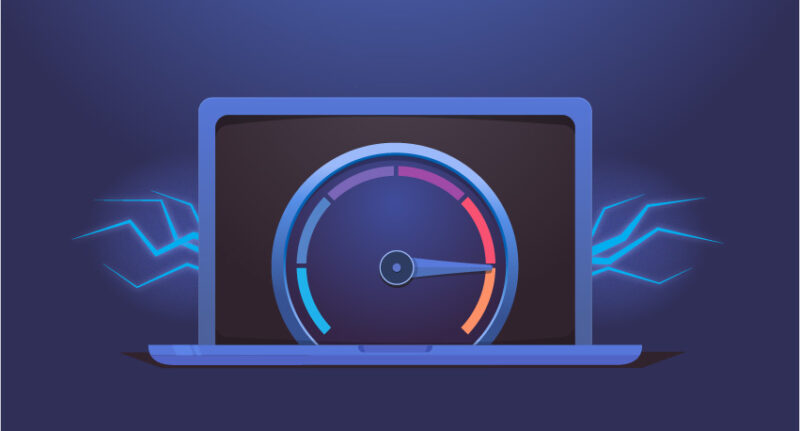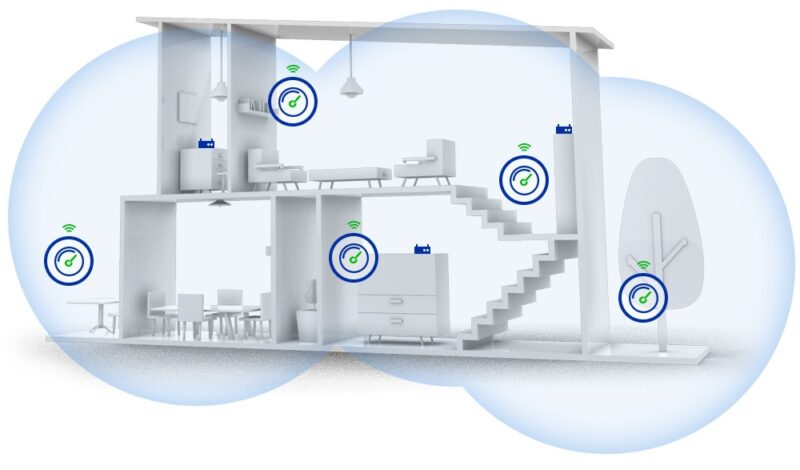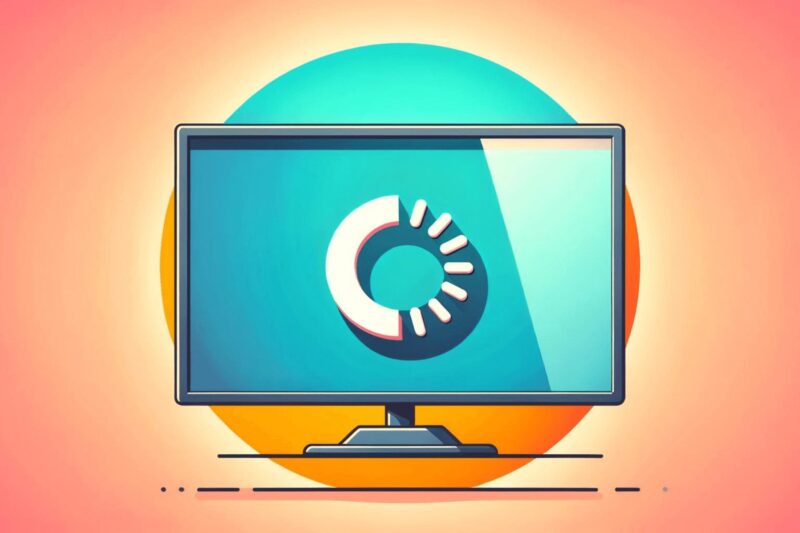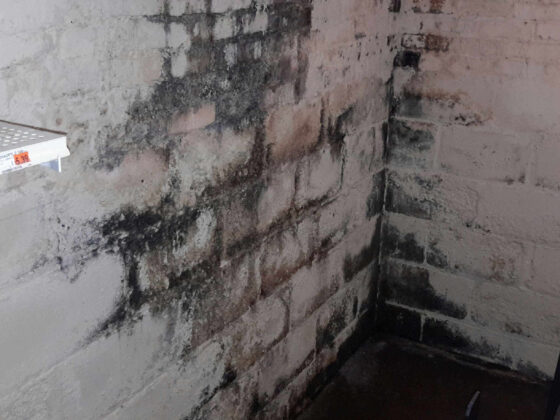When your IPTV experience starts to buffer, freeze, or degrade in quality, one of the first things you might wonder is if your Wi-Fi is the culprit. Internet streaming depends heavily on a steady connection, and if something interferes with it, your viewing experience suffers. I will walk you through the signs of internet-related issues and how to fix them to enjoy seamless IPTV performance.
Is Your Wi-Fi Impacting Your IPTV Streaming?

Poor internet speed, router issues, or interference in your home network could easily cause streaming disruptions. It’s vital to first identify the problem before finding the appropriate solution.
Even a high-quality IPTV service such as Sverige IP TV that offers a broad selection of global channels and on-demand content, will perform poorly if your Wi-Fi connection is weak or inconsistent. If you experience frequent buffering, stuttering, or pixelation during live TV or movies, your internet connection could be struggling to support the data load required for IPTV.
Steps to Improve Your Wi-Fi for IPTV
1. Check Your Router’s Age and Position
Older routers may not provide enough bandwidth for modern streaming services. You should have a router no older than 4-5 years, especially one that supports dual-band technology.
Next, the placement of your router matters. Position it in the central part of your home, ideally in an open space where the signal can spread more effectively. Avoid hiding it behind walls, thick furniture, or near devices that could interfere with its signal.
2. Internet Speed: Is It Fast Enough?

IPTV services require a stable internet speed, especially for HD or 4K content. Generally, you need a minimum speed of 25 Mbps for streaming 4K content smoothly. Check your internet speed using an online tool and ensure it meets the recommended levels. If your current plan does not provide sufficient bandwidth, upgrading could solve many of the issues you face.
3. Minimize Network Congestion
If too many devices are connected to the same network, it can slow everything down. Phones, computers, smart home devices, and other gadgets may be eating into the available bandwidth. Turn off or disconnect unnecessary devices when using IPTV to give it priority.
Some routers also offer Quality of Service (QoS) settings that allow you to prioritize certain types of traffic. Enabling this feature can help direct more bandwidth to IPTV, reducing interruptions.
4. Reduce Interference
Wi-Fi signals can be blocked or weakened by physical obstacles and other devices. Microwave ovens, cordless phones, and Bluetooth gadgets can interfere with your network. Moving your router away from such devices and ensuring there is a clear line between your device and the router will help improve your IPTV performance.
5. Consider Switching to a Wired Connection
Although Wi-Fi is convenient, a wired Ethernet connection offers the most stable and reliable performance. If possible, connect your IPTV device directly to your router using an Ethernet cable. This eliminates interference and ensures maximum internet speed. It’s the easiest way to eliminate connectivity issues caused by Wi-Fi.
6. Upgrade Your Router and Use Mesh Networks

If your Wi-Fi network is struggling to cover a larger home, a mesh network system may help. A mesh network uses multiple devices to create a single, strong signal across your entire home. This can make a significant difference in your IPTV performance if you’re trying to stream from a location far from your router.
Investing in a high-performance router that supports the latest Wi-Fi standards, such as Wi-Fi 6, can also improve the situation. These routers are designed to handle the demands of modern devices and ensure smoother performance, even in busy households.
7. Restart Your Router and Device Regularly
One of the simplest yet most effective ways to solve connection problems is restarting your router. It helps clear out any memory issues or temporary glitches that could be impacting your internet connection. Restarting your IPTV device can also refresh the network connection, giving you a smoother experience.
8. Use Powerline Adapters
If running an Ethernet cable directly to your device isn’t possible, a powerline adapter can serve as an alternative. Powerline adapters use the electrical wiring in your home to transmit the internet signal, providing a stable connection to your IPTV device without relying on Wi-Fi.
9. Monitor Data Usage

Keep an eye on your internet usage, especially if you have a data cap. Some internet service providers (ISPs) throttle speeds after reaching a certain data limit, which can cause IPTV interruptions. Streaming high-quality video, particularly in 4K, consumes a significant amount of data, so make sure your internet plan accommodates your viewing habits.
Conclusion
Wi-Fi issues can often be the reason behind IPTV performance problems. With the right adjustments to your router, internet speed, and overall network setup, you can reduce buffering, lagging, and other disruptions. Take the steps above to ensure your network runs smoothly, and if possible, consider switching to a wired connection for the best experience. Enjoy your IPTV without interruptions, and make sure your setup is optimized for high-quality viewing every time.


